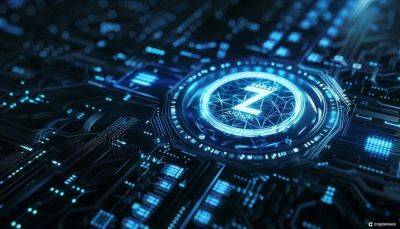Stablecoin Market Faces Fresh Challenges with ‘Fourth-Gen Coins’ – South Korean Report
South Korean
analysts think new challenges await the “next generation” of stablecoins, as the industry continues to develop.
The use of algorithms in stablecoin development, they say, will present new “risks” for token holders. And experts are still unconvinced by their algorithmic designs.
The claims came in a report from researchers at the South Korean Bithumb crypto exchange, according to the media outlet Kyunghyang Games.
The media outlet noted that stablecoins were currently used mainly to “purchase assets on exchanges.”
The exchange said that some people also used these coins in the “remittance and payments spaces.”
Bithumb identified “four generations” of stablecoins, beginning with “first-generation” coins like USDT.
Such coins use fiat currencies such as the US dollar as reserves. Their issuers claim to hold assets matching the value of the number of coins in circulation.
The exchange noted that USDT’s issuer was “initially criticized” for its “lack of transparency” on the status of its reserve holdings.
Bithumb remarked that these concerns had largely been “resolved” by the fact that the issuer now published quarterly reports detailing asset holdings, including US Treasury bonds and Bitcoin.
Second-generation coins, such as DAI, use crypto as a “source of reserve value,” Bithumb said.
This helps such coins maintain their “decentralized value” and keep in “the basic spirit of the blockchain world.”
However, these tokens also experienced the “disadvantage of greater value volatility,” with cryptoassets often experiencing sudden price fluctuations. Bithumb wrote:
“To address the shortcomings of second-generation stablecoin projects, [communities] have added US Treasury bonds and real-world assets (RWA) to their
Read more on cryptonews.com




















